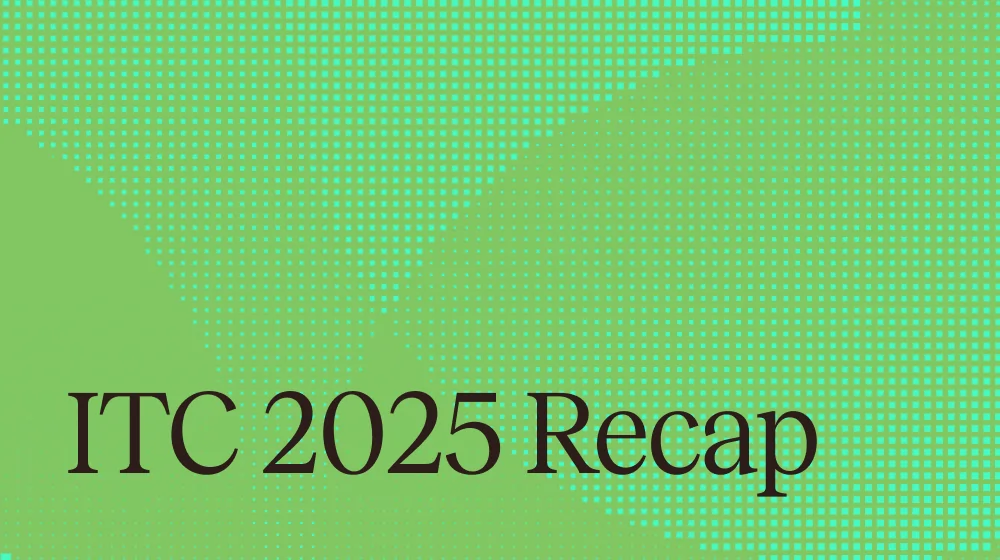Company News
ITC 2025 recap: the future of insurance is AI-native




This year’s InsurTech Connect conference in Las Vegas felt different — not just in the scale of the announcements, but in the maturity of the conversation.
Across the expo floor, vendors unveiled new product lines, AI agents, and workflow orchestration tools. But what truly stood out wasn’t what was being built — it was how the industry is thinking about innovation itself.
Executives weren’t asking, “Can we use AI?” any more. They were asking, “Who can take us the distance?”
Here are three takeaways that stood out — and how they signal a new chapter for underwriting and portfolio management.
Product innovation dominated ITC 2025 — yet the panels struck a clear note of caution. Technology adoption is a multi-year journey, and the right partner is one who builds for where the industry is going, not just where it is today.
Panelists repeatedly emphasized the need to choose vendors based on their roadmap and architectural vision. In a market crowded with point solutions, leaders are looking for partners with the platform depth to evolve alongside them.
The conversation kept coming back to one idea: success depends on building intelligence into the heart of operations, not layering it on top. That’s why native AI platforms and point solutions drew so much attention this year. Built with data connectivity and reasoning at their core, they make it possible to analyze risk within the full context of portfolio goals, not just a single submission.
Federato’s customers are already seeing this shift firsthand. For them, quotes that once took days now arrive in minutes, with AI-driven context that explains why a decision was made. It’s no longer about shaving seconds — it’s about fixing the process we know is broken, transforming underwriting into a strategic discipline rather than a reactive one
While new tools were everywhere at ITC, the real buzz came from conversations about consolidation. MGAs and aggregators spoke candidly about the sprawl of systems they manage — sometimes hundreds of licenses across teams — and the toll that fragmentation takes on insight and efficiency.
Fragmentation is expensive — not just financially but strategically. Holistic, platform-level solutions free underwriters from manual validation and re-entry, creating space for higher-value analysis and relationship management. Many of the panels and conversations focused on the value of a unified intelligence layer that connects data, risk, and decisions — replacing tool clutter with clarity.
The next phase of modernization is clear: build a connected intelligence layer that unifies the entire policy lifecycle. That means moving away from point solutions and sprawling tech stacks toward platforms that understand context — how appetite, exposure, and performance data interact — and that can surface the right opportunities automatically. And in time, automate manual processes to elevate underwriters as relationship managers and strategists.
Despite the growing sophistication of AI in insurance, many business leaders at ITC admitted they’re still learning what’s possible — and that learning is essential. The most successful organizations are closing the gap between underwriting expertise and technical fluency.
The organizations making the fastest progress are the ones where IT and underwriting work hand in hand — sharing data, context, and accountability. As one carrier leader put it, “If all my underwriters quit tomorrow, I’d bring in my IT team — that’s how closely they work together.”
The future of underwriting belongs to organizations where cross-functional collaboration is standard. When underwriters, data scientists, and IT leaders share a common language, transformation accelerates.
If ITC 2024 was about experimentation, ITC 2025 was about execution. The question is no longer “Can AI transform insurance?” — it’s “Who will build the systems and partnerships to make it real?”
As innovation accelerates, insurers who focus on connected platforms, collaborative teams, and long-term vision will be the ones shaping the future of underwriting.
